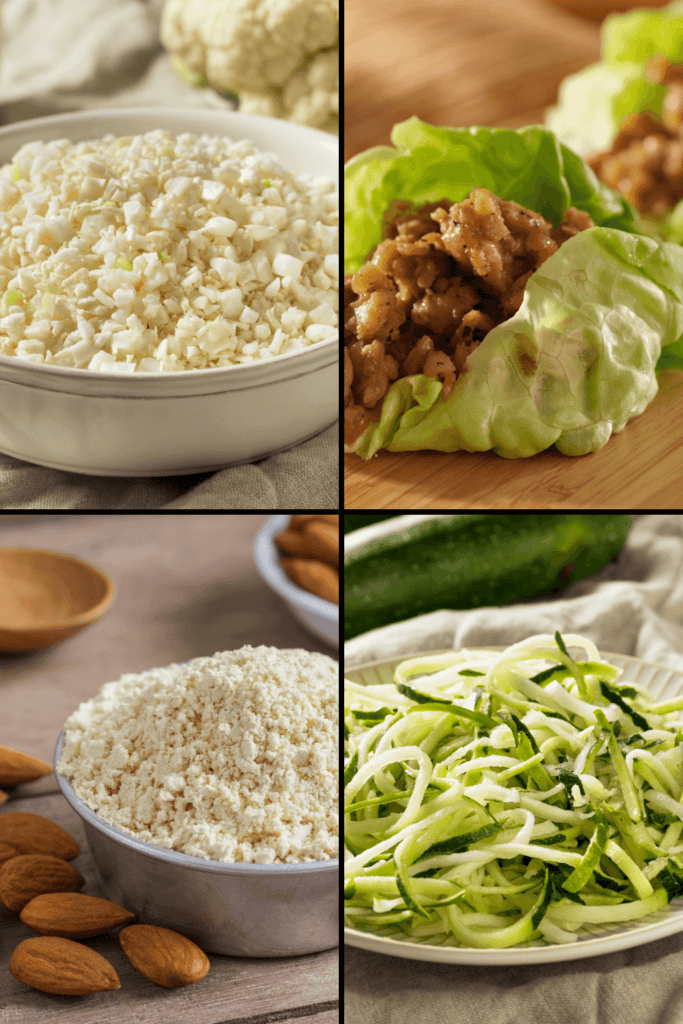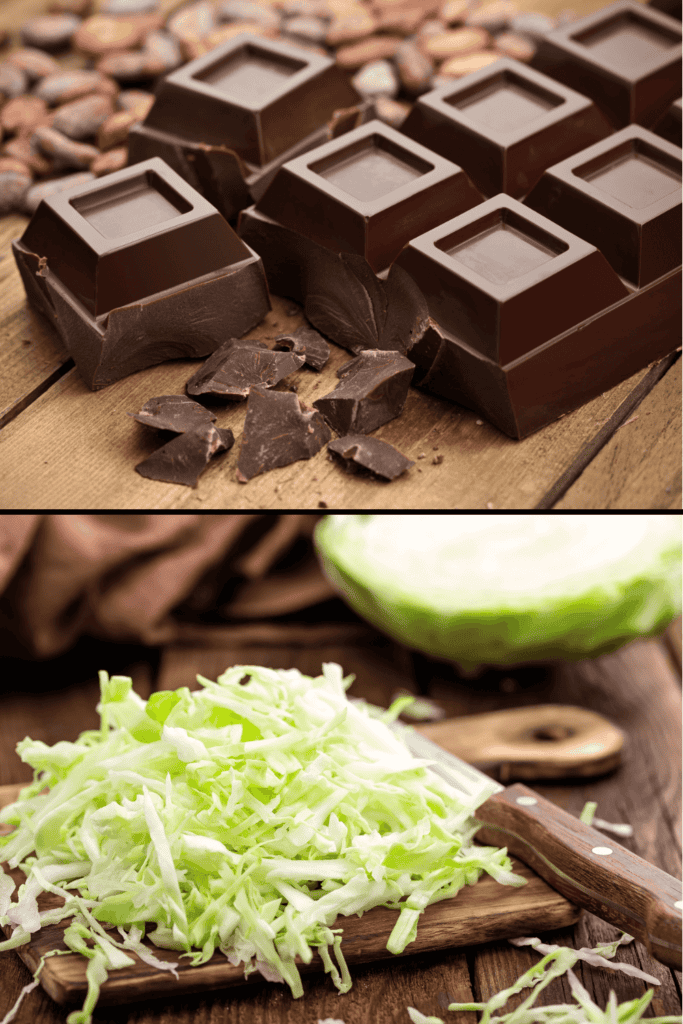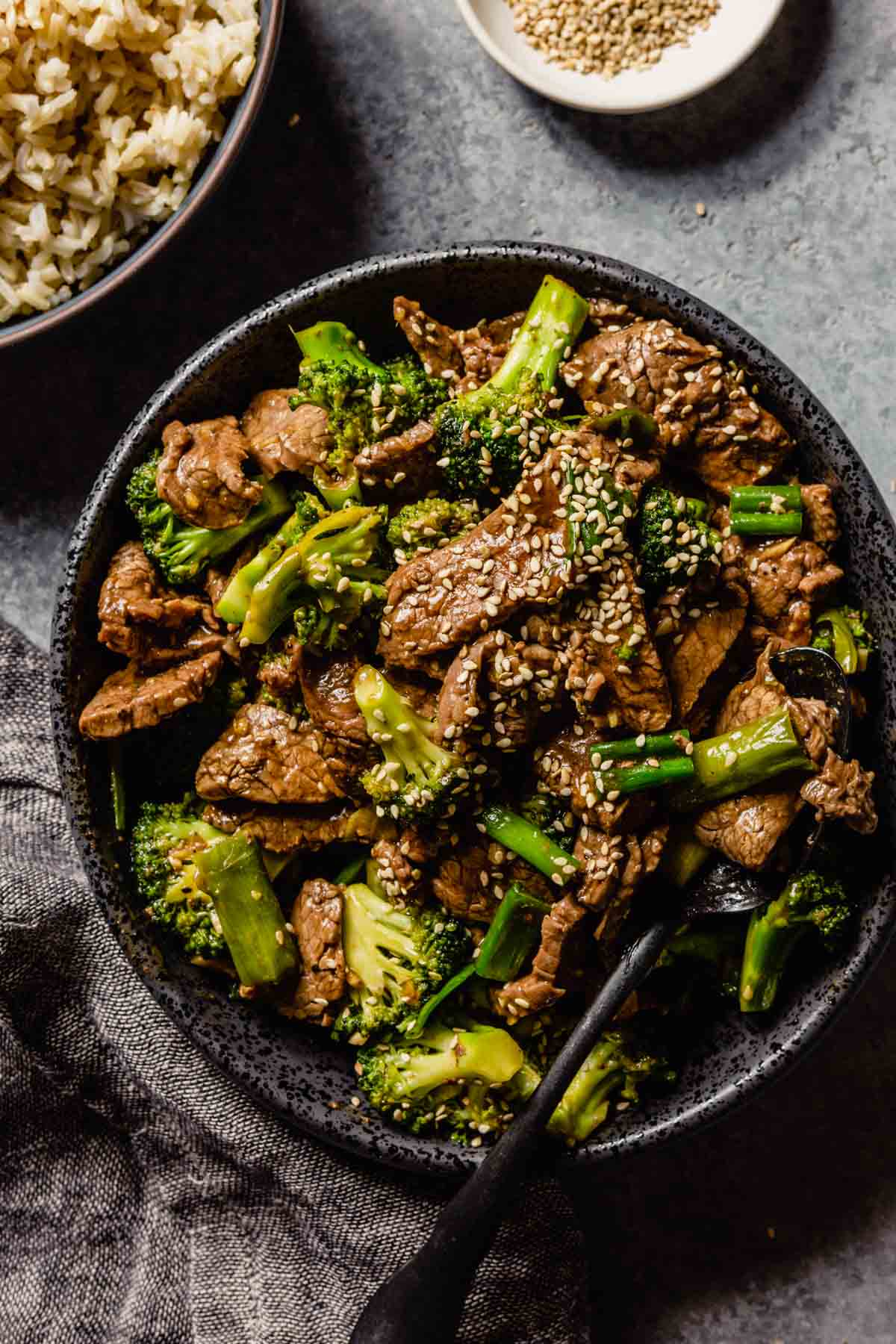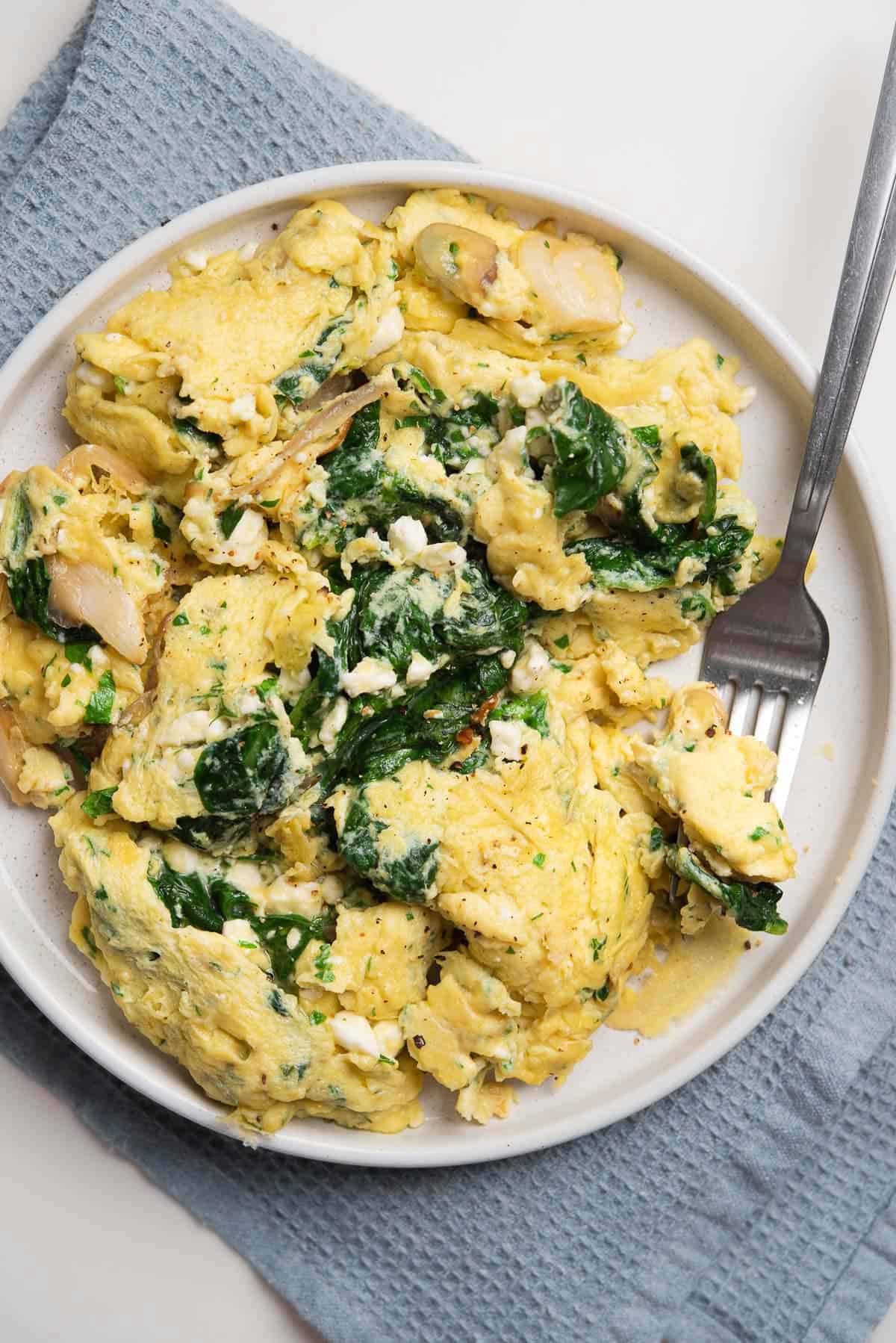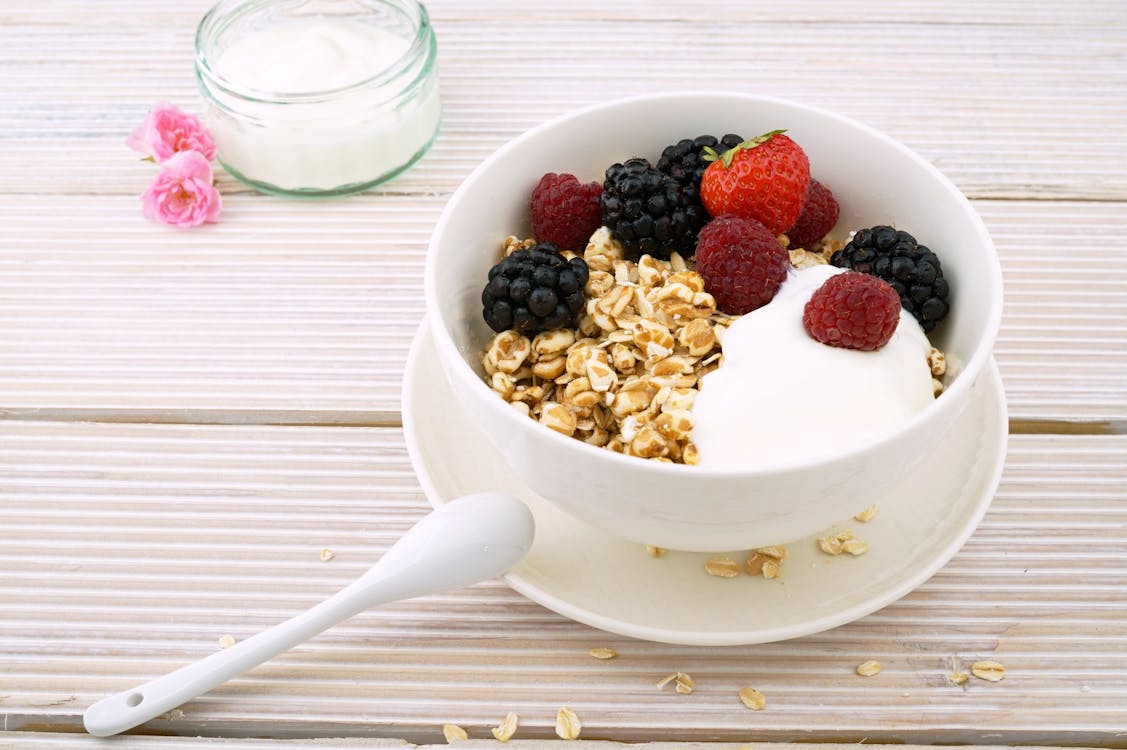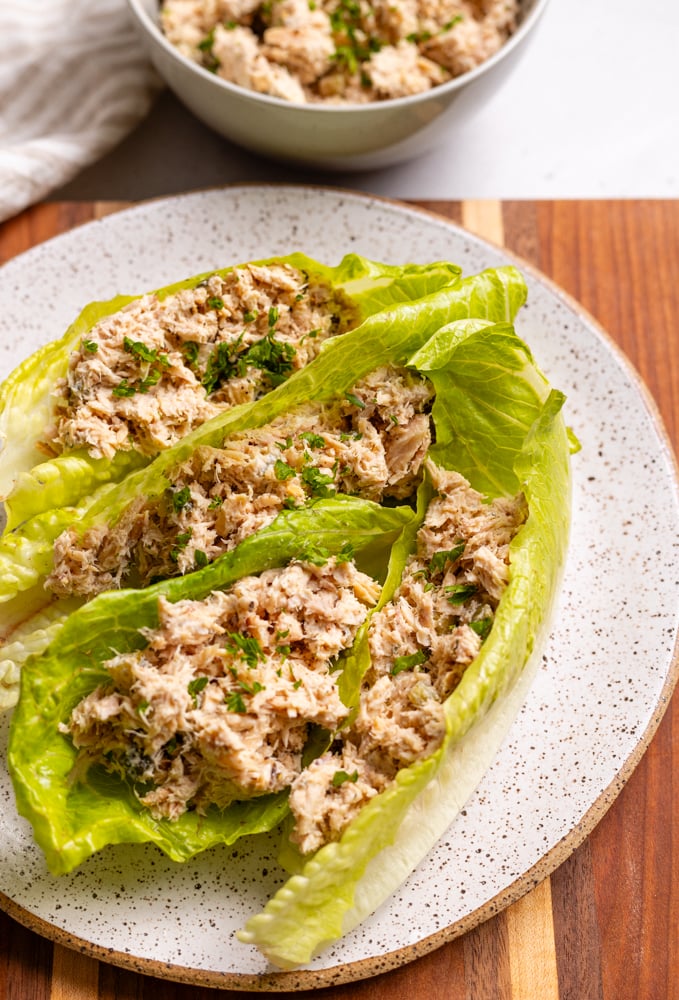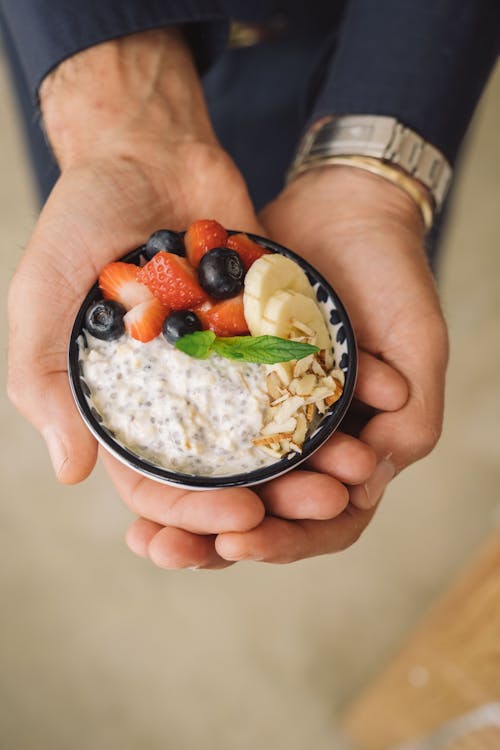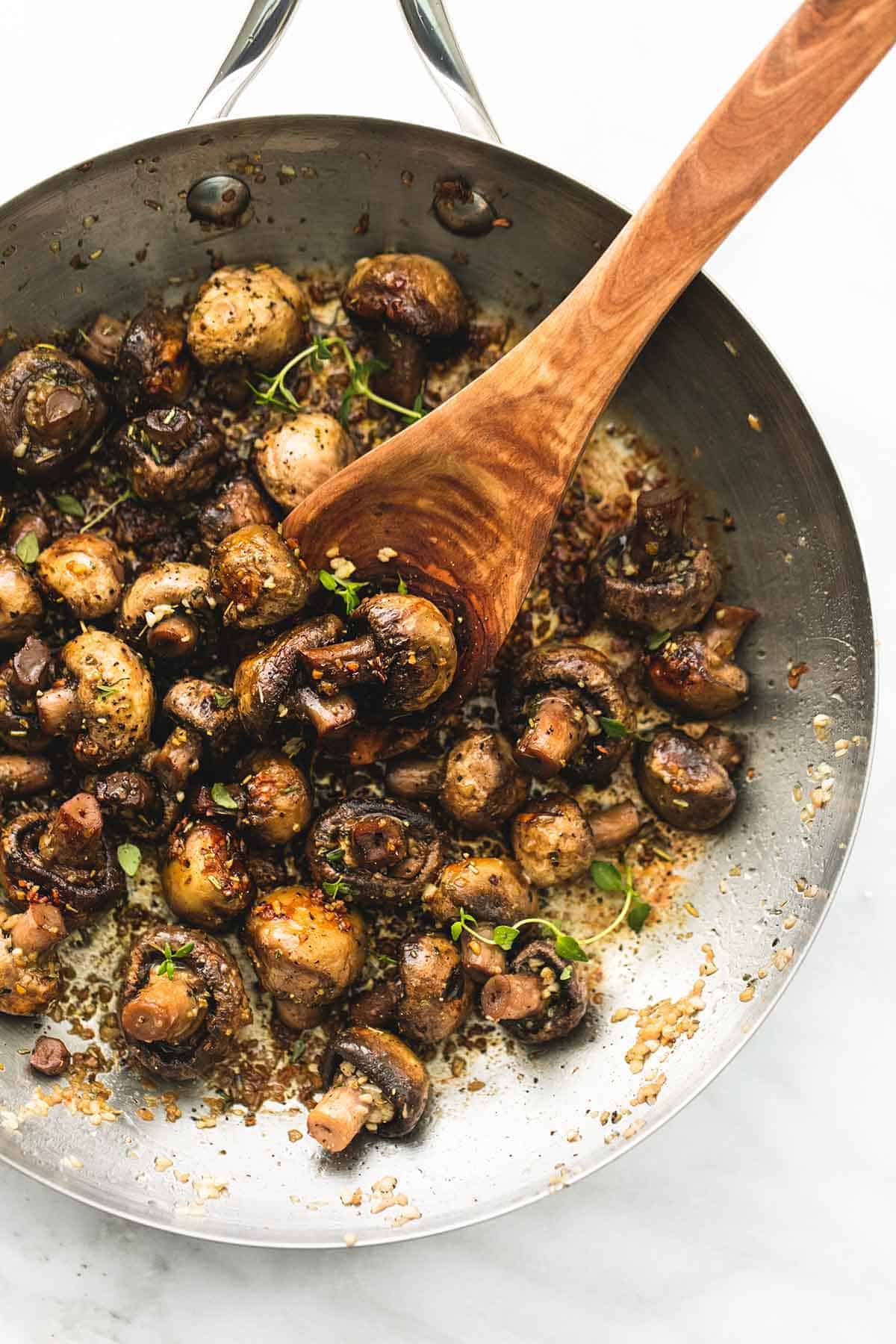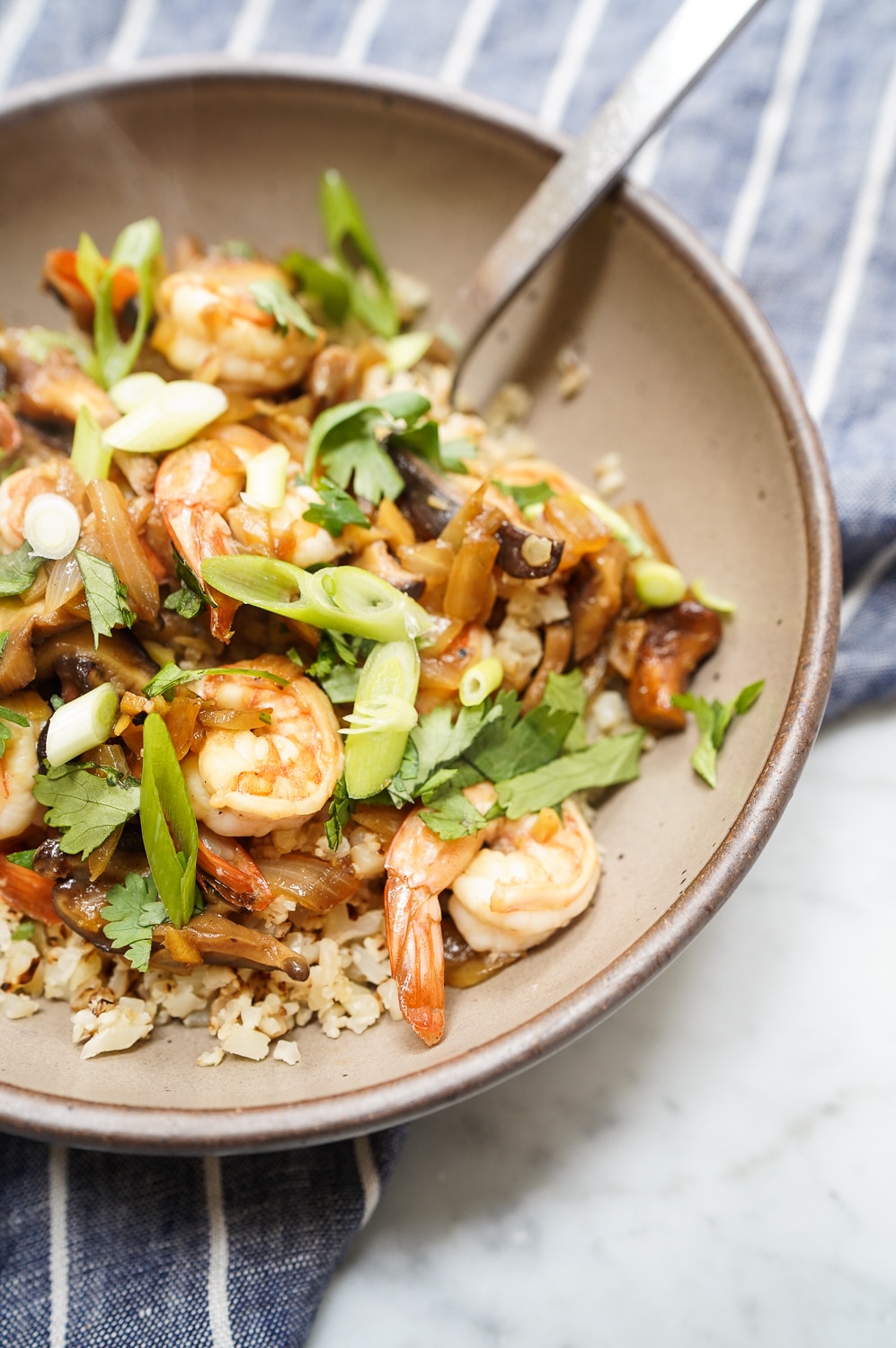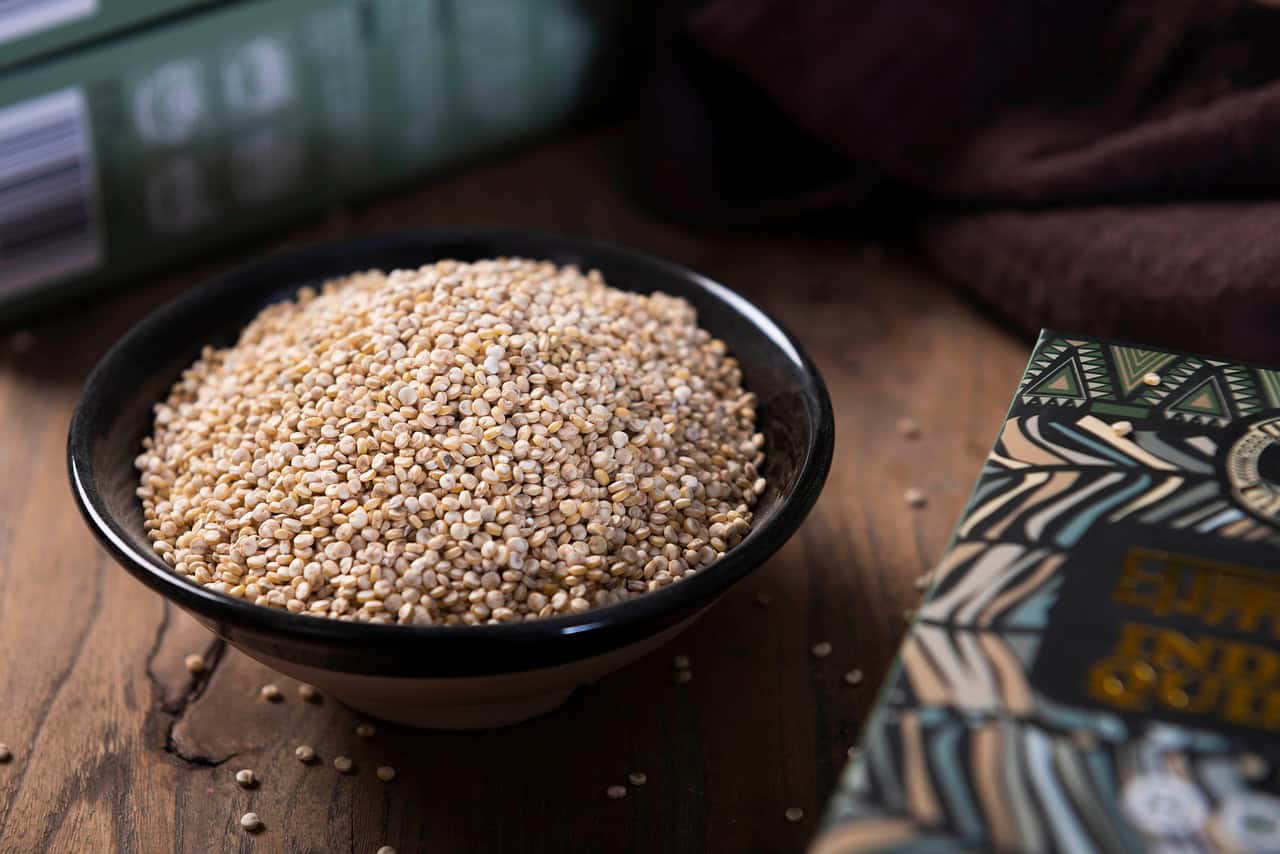Trying to choose between low carb vs keto? You’re not alone.
Both diets slash carbs to help with weight loss, energy, and health but they work very differently.
Pick the wrong one, and you might struggle with hunger, confusing rules, or even hit a plateau.
We’ll compare carbs, fat intake, and real-life sustainability so you can decide without second-guessing.
So, what’s the biggest difference? It all starts with how many carbs you cut.
Let’s break it down…
What is a Low Carb Diet and How Does It Compare to Keto?

A low-carb diet aims to reduce carbohydrate intake, typically limiting it to around 50-150 grams per day.
The idea behind this approach is to lower the foods that cause spikes in blood sugar and shift the body’s reliance on protein and healthy fats for energy.
This type of diet typically includes a variety of proteins such as meat, fish, and eggs, along with plant-based options like tofu.
Healthy fats from sources like avocados, olive oil, nuts, and seeds are emphasized.
While non-starchy vegetables like spinach, broccoli, and zucchini are encouraged to provide essential nutrients.
This approach offers several benefits, particularly when it comes to weight loss.
With reducing carbohydrates, the body starts tapping into stored fat for energy, which helps in burning fat and losing weight.
Additionally, by minimizing carbs, blood sugar levels stabilize, which can be highly beneficial for individuals managing conditions like type 2 diabetes.
One of the major advantages of a low-carb diet is its flexibility; it allows for some inclusion of fruits, starchy vegetables, and whole grains in moderation.
This makes it more sustainable and easier to adhere to than more restrictive diets.
However, one of the potential drawbacks is that weight loss might be slower compared to stricter diets like keto.
And since it doesn’t induce ketosis, the body does not enter the fat-burning state that keto does.
Here’s what a low-carb diet typically includes:
- Proteins: Meat, fish, eggs, and plant-based options like tofu.
- Fats: Avocados, olive oil, nuts, and seeds.
- Vegetables: Non-starchy options like spinach, broccoli, and zucchini.
Benefits of Low Carb Diets
- Weight Loss: By cutting carbs, the body uses stored fat for energy, aiding fat loss.
- Improved Blood Sugar Control: Lower carb intake helps stabilize blood sugar levels, crucial for people with type 2 diabetes.
- Flexibility: Unlike more restrictive diets, low-carb allows for moderate inclusion of fruits, starchy vegetables, and whole grains.
Drawbacks of Low Carb Diets
- Slower Weight Loss: Compared to keto, weight loss may be slower.
- No Ketosis: Low-carb diets don’t induce ketosis, where fat becomes the primary energy source.
What is the Keto Diet? A Detailed Comparison with Low Carb

The ketogenic diet, or keto, is a more restrictive version of the low-carb diet.
It limits carb intake to 20-50 grams per day, which is significantly lower than a standard low-carb diet.
The majority of the diet’s calories come from fats, which forces the body to enter a state called ketosis.
In ketosis, the body shifts from using glucose as its primary energy source to burning fat for fuel.
This metabolic change makes keto a popular choice for those seeking rapid fat loss.
Keto typically includes fats such as butter, coconut oil, and fatty cuts of meat, along with moderate amounts of protein from sources like chicken, fish, beef, and plant-based options.
Carbs are limited to mostly leafy greens and other very low-carb vegetables.
One of the key benefits of the keto diet is its ability to promote rapid fat loss due to ketosis, which accelerates the body’s ability to burn fat.
Many people on keto also report reduced hunger, which makes sticking to the diet easier over time.
The brain thrives on ketones, often resulting in improved mental clarity and focus.
Originally developed to treat epilepsy, keto is also known to help reduce seizures in some individuals.
But the diet can be restrictive, making it difficult to follow, particularly when eating out or during social events.
Another potential downside is the “keto flu,” a collection of symptoms such as fatigue and irritability that some people experience when transitioning into ketosis.
Lastly, since keto eliminates many fruits and grains, it can increase the risk of nutrient deficiencies over time.
Here’s what keto typically includes:
- Fats: Butter, coconut oil, fatty meats, and cheese.
- Protein: Moderate amounts from chicken, fish, beef, and plant-based sources.
- Very Low Carbs: Mostly leafy greens and other non-starchy vegetables.
Benefits of Keto
- Rapid Fat Loss: Ketosis accelerates fat burning.
- Appetite Control: Reduced hunger helps with diet adherence.
- Enhanced Mental Focus: The brain runs efficiently on ketones, improving clarity.
Drawbacks of Keto
- Restrictiveness: It can be difficult to follow, especially in social settings.
- Keto Flu: Transitioning into ketosis may cause fatigue and discomfort.
- Nutrient Deficiencies: Cutting out many fruits and grains could lead to missing essential nutrients.
Low Carb vs Keto: Key Differences in Carb Limits, Metabolism, and Sustainability
The primary distinction between low-carb and keto lies in the carb limits.
While low-carb diets allow up to 150 grams of carbs per day, keto is much stricter, capping intake at 50 grams or fewer.
This significant reduction in carb intake pushes the body into ketosis, a metabolic state where fat becomes the main fuel source.
In contrast, low-carb diets don’t induce ketosis, so the body continues to rely on a balance of carbohydrates, proteins, and fats for energy.
When it comes to flexibility, low-carb diets tend to be more adaptable.
Since they allow for a wider range of carb consumption, people can enjoy a greater variety of foods.
Keto, on the other hand, requires meticulous tracking of food intake, especially regarding fat and carb consumption, which can be difficult for some individuals to sustain over time.
Sustainability is another important factor.
Because low-carb diets are less restrictive, they are typically easier to maintain in the long term.
People on a low-carb plan can more easily integrate occasional indulgences, such as fruits or grains, without disrupting their progress.
Keto, due to its stricter guidelines, may be harder to adhere to for extended periods, especially for those who don’t want to constantly track their food intake.
How to Choose Between Low Carb vs Keto Based on Your Lifestyle and Health Goals
Choosing between low carb and keto depends on your lifestyle and health goals.
If you’re looking for gradual, steady weight loss without overhauling your entire eating routine, a low-carb diet might be the right fit.
It’s more flexible, allowing you to enjoy a wider variety of foods, including fruits and starchy vegetables, which makes it easier to maintain long-term.
Plus, if you’re not ready to track every gram of food you eat, low carb offers a more relaxed approach.
On the other hand, if you’re aiming for rapid fat loss and don’t mind being strict with your food choices, keto could be the better option.
Keto works by drastically limiting carbs and forcing your body into ketosis, where it burns fat for energy.
This can lead to faster results, especially if you’re focused on trimming down quickly.
However, keto requires more attention to detail, especially in meal planning and carb tracking.
For those with specific health goals, like managing blood sugar or boosting mental clarity, keto may provide significant benefits.
But if you’re looking for something less intense, or you need a diet that’s easier to follow while living a busy life.
Low carb can still help you achieve your goals without the stress of extreme restrictions.
FAQ about Low Carb vs Keto Diet
Q. is low carb better for you than keto?
Low carb may be better for you if you prefer flexibility and gradual results without strict carb tracking.
Q. can you lose weight doing low carb but not keto?
Yes, you can lose weight on low carb by reducing carbs and focusing on balanced meals without strict restrictions.
Q. what diet is better than keto?
The best diet depends on your goals. Low carb offers flexibility and steady results, making it easier to maintain.
Final Thoughts: Low Carb vs Keto – Which Diet Will Work Best for You?
In the end, both low carb and keto offer unique benefits, but the right choice depends on your personal preferences and health goals.
If you’re after a flexible approach that allows for more food variety and gradual weight loss, low carb might be your best option.
It’s easier to maintain and can still help you achieve steady results over time.
On the other hand, if you’re looking for quicker fat loss and are ready to embrace a more structured routine.
Keto could provide faster outcomes by pushing your body into ketosis.
The key is to choose the diet that fits your lifestyle and feels sustainable in the long run.
Both diets can lead to impressive results, but success comes down to consistency and making choices that align with your body’s needs and your daily habits.
So, take a moment to reflect on what works best for you and stick with it!


